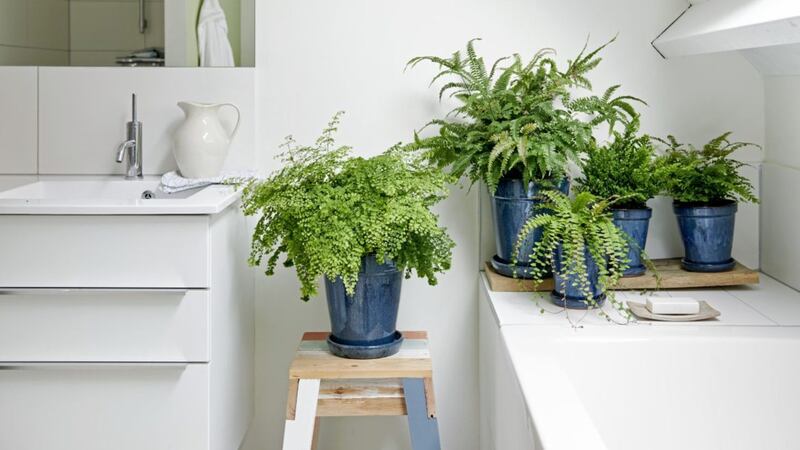IT'S long been argued that one of the big plusses of having plants indoors is that they help purify the air. Because they remove toxins and dangerous chemicals as they photosynthesise, logic would suggest that the more plants populating your house, flat or workplace, the healthier the atmosphere.
The internet is coming down with blogs and other lifestyle sites repeating this claim, the more diligent ones citing a Nasa study carried out 30 years ago which showed that plants could indeed cut significantly gaseous molecules called "volatile organic compounds" – but only when contained in small chambers, in what might be termed laboratory conditions.
The Nasa research was among the 12 studies which a new academic article, published in the latest Journal of Exposure Science and Environmental Epidemiology, uses to conclude that houseplants' impact on air quality is negligible.
Describing the cleansing abilities of cacti, succulents and the like as "vastly overrated", it concludes that up to 93 plants per square-foot of floor would be required to compete with an office ventilation system.
While individual plants do soak-up dangerous chemicals in the air, the scientists found that they do so too slowly to have any kind of significant impact.
"This has been a common misconception for some time," Michael Waring from Drexel University in Philadelphia told the Daily Mail.
"Plants are great, but they don't actually clean indoor air quickly enough to have an effect on the air quality of your home or office environment."
Not one to argue with scientists – or the Daily Mail – I'll happily accept the latest findings, content in the knowledge that the case for having houseplants can be made easily without having to rely on them as a kind of eco air con system.
Likewise, the findings of the latest study are unlikely to arrest the recent rise in the popularity of houseplants, which now matches previous peaks in the Victorian era and the 1970s.
The trend this time around is being driven by the Instagram generation, those 16-24-year-olds who want to grow and nurture plants but don't have a garden they can call their own. According to the Royal Horticultural Society, about 80 per cent of 16 to 24-year-olds own a houseplant.
So in an effort to get down with the kids, I'm going to provide some brief advice on looking after your houseplants over winter, often the most challenging time due to falling light levels and big temperature fluctuations.
The simplest strategy for keeping your plants healthy is to move them closer to natural light, which will prevent them becoming leggy, while providing some warmth during the day. However, avoid locating them in an area close to a radiator, as they'll end up cooking.
If you're not spoiled for natural light don't despair, as many plants will be content with lower light levels, just as long as the temperature is cool but not cold or not drafty.
Plant growth is minimal over the winter, so they will no longer require the same amount of water or feed. As hydration is also less when it's cooler, be sure not to overwater – the main culprit in many plant fatalities. For plants in flower, however, such as Christmas cacti and poinsettias, water with the usual regularity.
Feeding will only encourage soft and spindly growth and likely make the plants more susceptible to pests, which can multiply quickly in environment warmed by central heating.
Finally, if practicable, give the leaves a pre-spring clean as house plants can often accumulate a layer of dust that affects how they photosynthesise.








